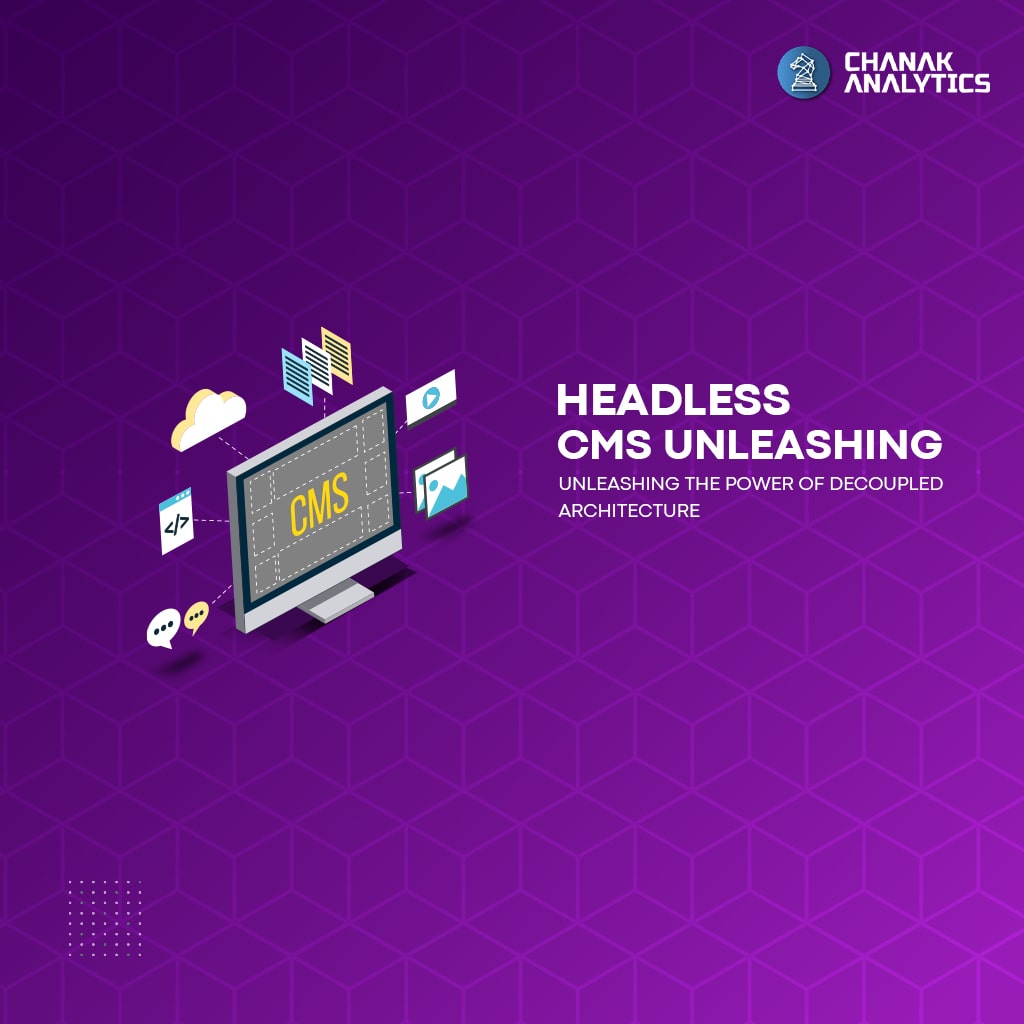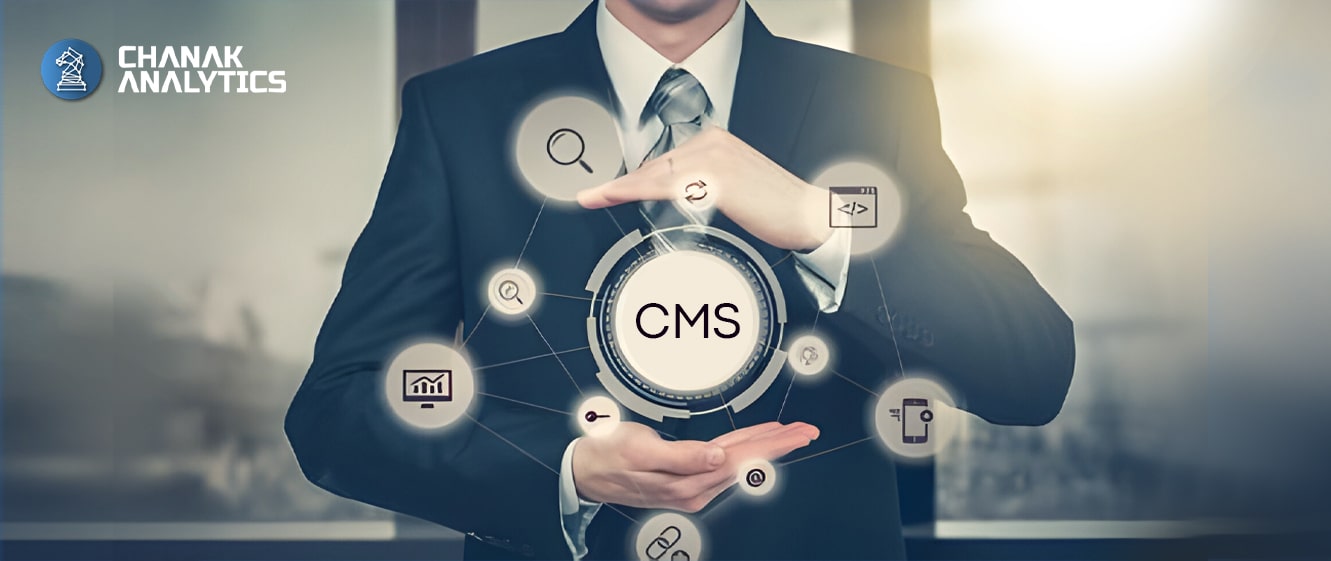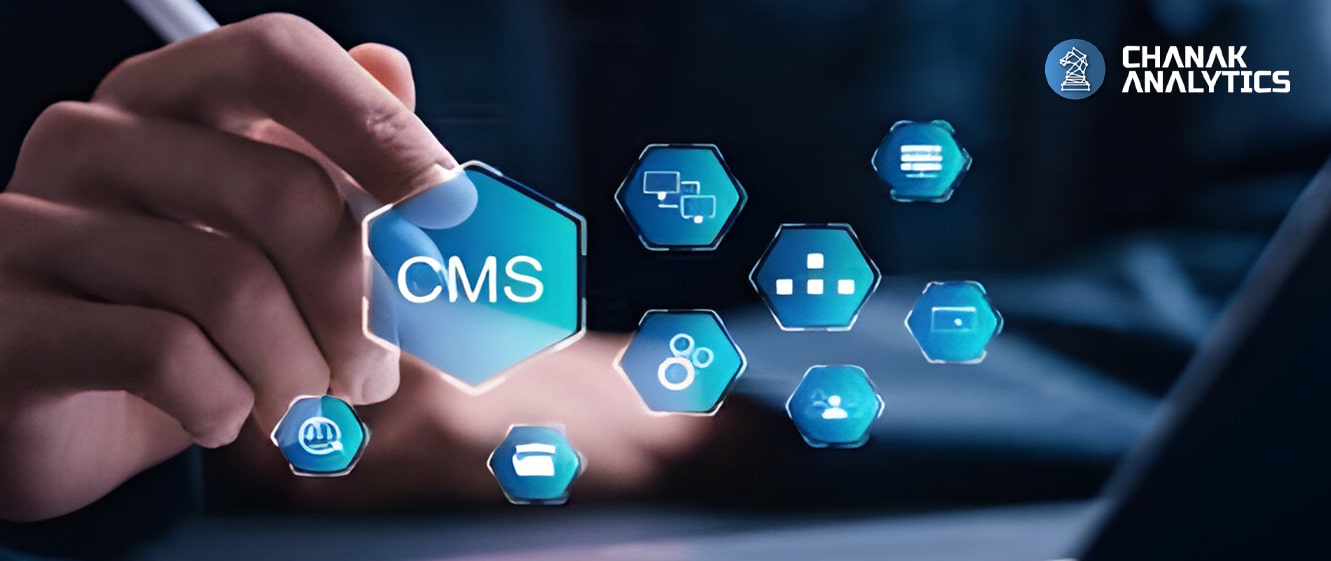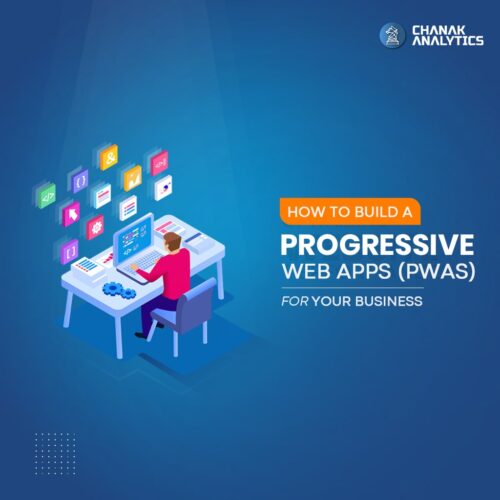Headless CMS: Unleashing the Power of Decoupled Architecture


In the global content management system (CMS) market, headless CMS is changing how information is distributed and digital experiences are created. Headless CMS differs from prior CMS platforms in that the ‘head’ that manages content is removed and exists independently of the front-end layer, making it more versatile. Headless technology enables specific content to be consumed and shared regardless of the front-end application’s interface on the web, mobile, or other platforms. A headless CMS separates the two concepts, allowing teams to deploy changes faster and create more engaging digital experiences. It transforms current web administration as well!
Traditional vs. Headless CMS: Key Differences Explained
Many popular solutions have been used for years, such as WordPress or Joomla; it is an integral platform enabling content creation and delivery. However, that has shifted over the years because of the headless CMS’s evolution.
Different from the mainstream CMS that integrates the content creation and delivery interface into one system, headless CMS is separate. This means that content is created and maintained in the backend, mostly in the cloud, and the frontend, which can be a website or an app, gets the content through APIs (such as headless APIs).
It offers flexibility for developers to use any front-end tool they desire while targeting distribution to many clients.
Benefits of Decoupled Architecture
Decoupled architecture, especially in the context of headless CMS, offers several advantages that empower modern digital experiences:
- Flexibility and Scalability: By separating the front end from the back end, one can easily work on either part while the other is not being modified, thus minimising development time and complexity.
- Enhanced Performance: Since a front-end is not being utilised, the headless CMS balances its usage of resources. This leads to quicker loading times and improvements for the consumer.
- Technological Diversity: With a headless API, developers get the flexibility to select the best paradigms in the business for both the presentation and the business tiers.
- Future-Proofing: Use new technologies or platforms in the development of the system, but do not tailor it to a new structure or framework so that it remains relevant and progressive.
Use Cases for Headless CMS
Headless technology revolutionises content management, offering diverse applications:
- Omnichannel Publishing: Convey content without interruption through your website, different mobile applications, smart devices, and so on.
- Personalised Experiences: Target consumers more efficiently based on their interests to achieve more effective interactions.
- Enhanced Collaboration: Let developers and content creators be autonomous but connected to avoid slowing down the process.
- Scalable Solutions: Simplify your content management and scale up effectively for the growth of your enterprise.
- Future-Proofing: Integrate the latest technologies and platforms into your web content management without dumping your CMS and seeking a new one, thus planning for the future.
Choosing Your Ideal Headless CMS

Choosing the right headless CMS platform can be a powerful tool that shapes the future of your business. Here’s how to make the right choice:
- Understand your needs: Identify which indicator is relevant to your project. Are the tools necessary for multi-channel publishing or a particular integration?
- Scalability: Make sure that your new CMS can scale as your need for content and site traffic grows.
- Ease of Use: One should ensure that the interface is not complicated so that it should not be necessary to hire extra personnel for training on how to use the programme.
- Support and Community: Make use of the platform with flexible access to support options and engaged users.
By focusing on these factors, it would be possible to maximise the potential of headless technology in improving content and efficiency.
Mastering Headless CMS: Top Tips for Success
Selecting and adopting a headless CMS will significantly revolutionise your organisation’s digital solutions. Here are some best practices:
- Choose the Right Platform: Choosing a headless CMS must be based on technical requirements and business needs. Some of the most commonly used solutions are Strapi, Contentful, and Sanity.
- API Design: Make sure that you have API documents that are both comprehensive and resilient. This is essential for the flow of headless architecture.
- Content Modelling: Have logical structuring of material within your creation. Consider its efficient extensibility and adaptability for large amounts of data.
- Security: Make use of proper authentication measures, as well as encryption, to secure data from unauthorised access.
- Performance: Set API responses for desirably formatted output and use CDN for faster content delivery.
- Testing and Monitoring: Periodically perform sanity checks on the APIs and keep a lookout for any performance lapses.
Headless vs. Traditional CMS: Weighing the Pros and Cons

• Headless CMS
Pros:
- Flexibility: Through the use of the APIs, content can be delivered to any platform of the web, mobile, or any Internet of Things.
- Performance: More efficient loading as the front end is coded differently.
- Scalability is another popular one for venture-stage organisations because it is scalable.
Cons:
- Complexity: Implementation and management, involve more technical skills than computer-based Gantt charts.
- Cost: Actually, it can be a bit more expensive because you’re likely going to require a bespoke build.
• Traditional CMS
Pros:
- User-Friendly: This is flexible and very easy in that it comes with an inbuilt front and back end.
- All-in-One: No need to scout for separately available services that administer, content, and format documents.
Cons:
Less Flexible: Offers little freedom as to layout, design, and navigational structure; is confined to a set of templates and websites.
- Performance Issues: This can be slower due to the coupled architecture present. The coupled architecture has a relatively greater clock cycle delay than that of the page-proportional architecture.
- Serverless CMS: The integration of headless CMS with serverless platforms can help improve the levels of scalability even more, while also reducing the costs of maintaining the servers and their management.
Revolutionizing E-commerce: The Headless CMS Advantage
Optimise your e-commerce business with a headless, serverless CMS. Here’s how it’s possible:
- Flexibility and Customisation: Headless CMS can disintegrate the back end from the front end, which is beneficial for landing unique experiences across sites.
- Serverless CMS: Simplify infrastructure management and gain flexibility as serverless CMS takes care of servers and provides you with tools to focus on content and users.
- Omnichannel Experience: Ensure that content is uniform, integrated, and synchronised across websites, mobile applications, and IPTV and smart TV devices.
- Speed and Performance: Increased speed and efficiency, customer satisfaction, and sales are likely to be the results of employing suggestions.
- Future-Proof: Adapt to new technologies and platforms swiftly for your e-commerce site to remain relevant and up-to-date.
Optimizing SEO with Headless CMS
Achieving a decoupled architecture through the use of a headless CMS unleashes the real potential for consistent SEO optimization. Here’s how:
- Flexible Content Delivery: Headless CMS enables content to be delivered via API to any platform of preference; this helps to load fast, which is friendly to search engines.
- React CMS Integration: Interacting with a CMS also increases the interactivity of your site and the capability of dynamic content to create a more appealing and search-engine-friendly site.
- Enhanced User Experience: It is important to know that easily navigable designs resulting in low bounce rates and high dwell times are beneficial for SEO.
- Optimised Content Structure: A webmaster needs to have a clean and understandable structure for the content on their site to achieve good search engine ranking.
Conclusion
Adopting a headless CMS can bring a radical change to your content management practices by providing tremendous flexibility and speed. In the fastest CMS options, the front and back ends are separated to allow developers to create intuitive and engaging experiences across various devices. To achieve and maintain effective and efficient work processes and ensure your website can easily grow with you, a headless CMS gives you the necessary tools to thrive in a modern environment. Explore the world of the next-generation CMS and unleash the possibilities for your digital experiences with decoupled architecture.
Join the community
Join our 400,000+ person community and contribute to a more private and decentralized internet. Start for free.


